Audio Basics for Hams, Part 2 – All About the Pattern
If you had a chance to read Part 1 of this series, you now have a decent understanding of what makes a mic tick and the different types of mics that are in general use. That’s awesome, and it’s definitely the information you need as a foundation to get a better understanding about mics and audio. But as Paul Harvey used to day, here is “…the rest of the story!”
We know that as a general rule, dynamic mics are good for higher sound pressures (volumes) and condenser mics provide better clarity, but there’s more to knowing which mic to choose than just that. Audio engineers (and hams, for that matter) need a little more variety in order to better match a microphone to a particular purpose. Hams are usually interested in using a microphone as the input to a radio for voice communications, so it would be good to know what qualities of a mic (other than dynamic or condenser) would make for the best choice for that application. However, while we’re at it, you might as well get a little taste of various qualities that might help in other situations also, just in case you get recruited (as the techy guy in the room) to run sound for your great-aunt’s fifth wedding.
Let me start up front by explaining that it doesn’t matter which way you address the microphone (where you speak into it)- all mics have the same properties. Some mics are end address, such as a Shure SM58, the world’s most ubiquitous handheld vocal microphone. Some mics are side address like the famous AKG C414. Regardless of their configuration, all mics pick up sound better in some directions than others. This can be very useful.
Since we’re talking about microphones in relation to amateur radio, let’s start by describing the properties of a mic that would make it good for speech and vocal transmissions. First of all, it would be good if it only picked up sound from one direction since we don’t really want to transmit the sound of the cat scratching the carpet under your ham shack desk. It would also be good if your voice sounded natural and not too bass heavy. Let’s look at some of the properties of microphones that can help us to achieve those goals.
Years ago (don’t ask me when- you can go look it up!) microphone inventors discovered that you could change a microphone’s pickup pattern, or the direction(s) in which it picks up best, by changing whether or not the sound reaches the back side of the mic’s diaphragm. There is a lot of complex math involved, but essentially the idea is that you can manipulate the directionality of a mic by allowing or disallowing reflected sound to reach the back side of the diaphragm, thereby exploiting the fact that out-of-phase sounds cancel each other out. For example, if sound is not allowed to reach the rear of a microphone capsule, the microphone will pickup sound equally from every direction, resulting in an omnidirectional pattern. If reflected sound can reach the rear of the capsule and is slightly out of phase from the direct sound (i.e., a pressure gradient), the result is a cardioid pattern.
That’s probably more than you wanted to know, but now you know it anyway. The term cardioid comes from the idea that the plot of the pickup response of a directional microphone capsule looks like an upside down heart:
Source: http://blog.shure.com/multi-pattern-microphones-what-where-and-how/
The other patterns, such as subcardioid, hypercardioid, etc., are made by changing the amount of sound that reaches the rear of the diaphragm and how long it takes to get there. The cardioid mic rejects very well from the rear but picks up more sound from the sides than the other patterns. The super- and hyper-cardioid reject more sound from the sides, but pick up more of your cat scratching beneath your desk.
So now we know that hams will usually reach for a cardioid-pattern dynamic mic in most situations. What if you needed more side rejection because your shack happens to be in the same room as your deaf mother-in-law who has the TV blaring? You might consider reaching for a hypercardioid mic to keep the side noise to a minimum. Your rare DX contact might be more appreciative of hearing your cat scratching than the afternoon soap opera!
There is one other idea that needs to be explained in order for us to have the full picture. Have you ever wondered how radio announcers get that deep, booming voice that commands attention? They achieve it by exploiting a property of directional microphones called proximity effect. Proximity effect is the tendency of directional mics to emphasize bass frequencies as the sound source (e.g., your mouth!) gets closer to the diaphragm. This happens for the same reason that causes the mics to be directional in the first place- the pressure gradient between the front and rear of the diaphragm. So if you want to have a deep, rich booming radio voice on your transmissions, just make sure to place yourself so that your lips are touching the grill on your cardioid microphone and you’ll have it right away. Most hams probably don’t want too much low-end in their sound, so one way to help prevent that is to avoid proximity effect by sitting further away from your microphone. Six inches is all it takes to clear up the sound and keep it out the mud! BTW, since omnidirectional microphones don’t rely on a pressure gradient, they’re not affected by proximity effect at all.
Well, that gets us to a good place. Hopefully you’ve learned enough to make some informed decisions when thinking about which mic to try next. Next time I’ll start talking about some of the outboard gear you can plug your mic into!
As promised, here are some links to extra in-depth information:
A Beginner’s Introduction to Microphone Polar Patterns
Understanding & Using Directional Microphones
Microphone Article on Wikipedia
Proximity Effect Article on Wikipedia
Multi-Pattern Microphones: What, Where, and How?
And if your heart so desires, continue your journey to Audio Basics for Hams, Part 3 – Signal Chain.

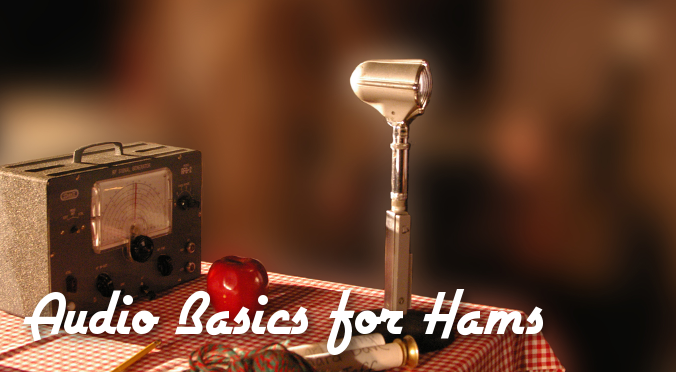
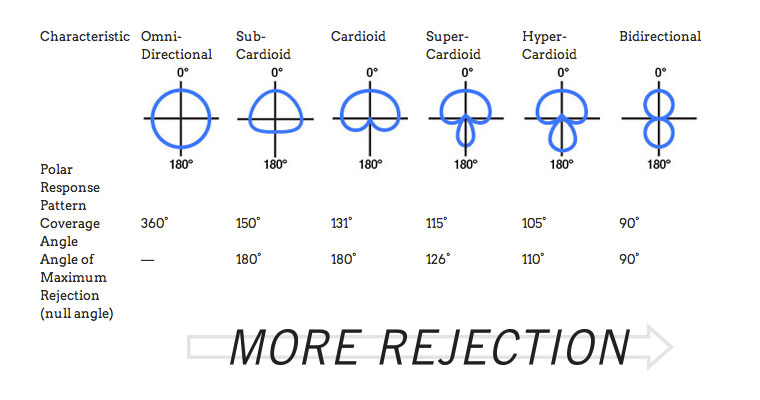

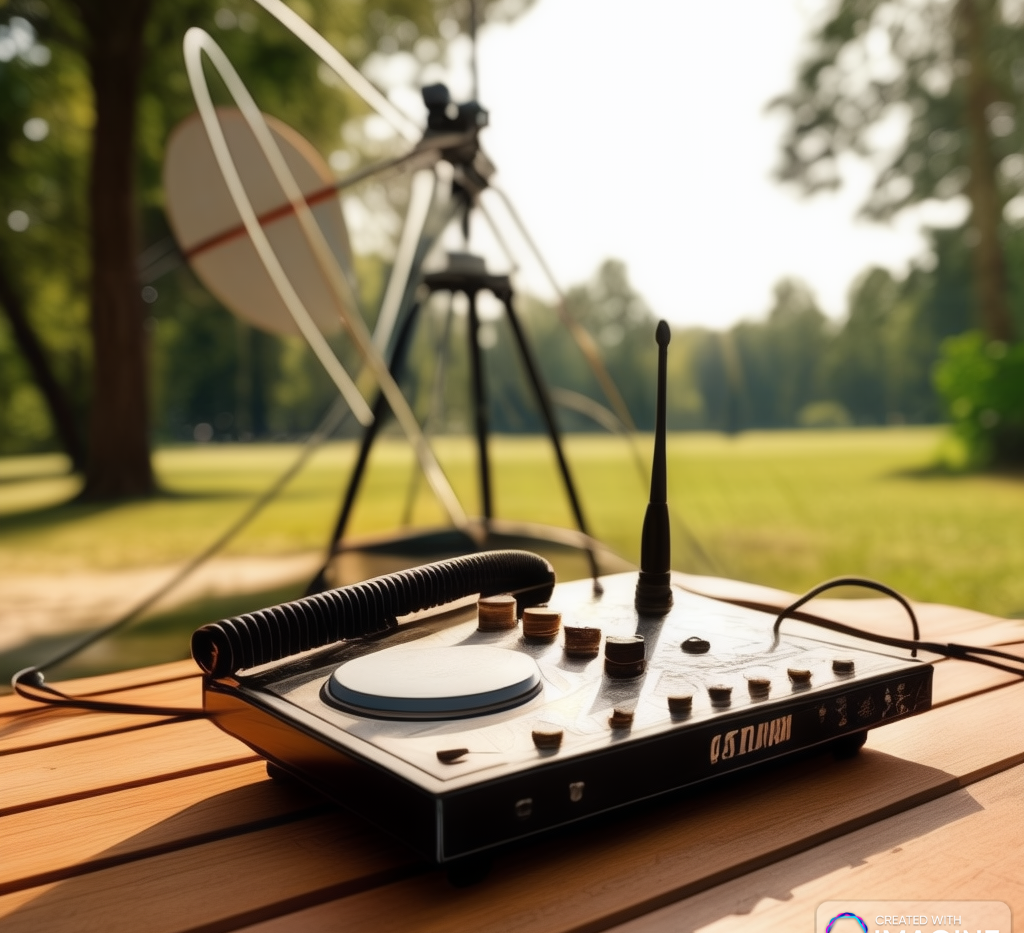
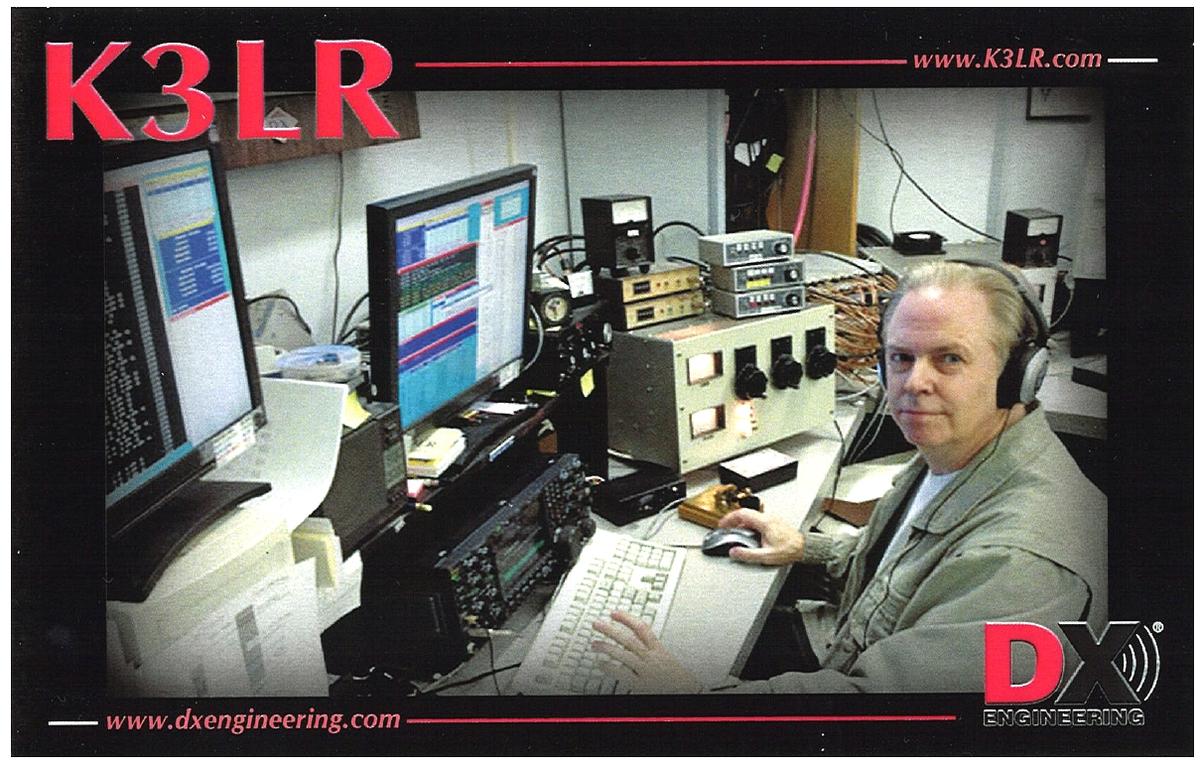

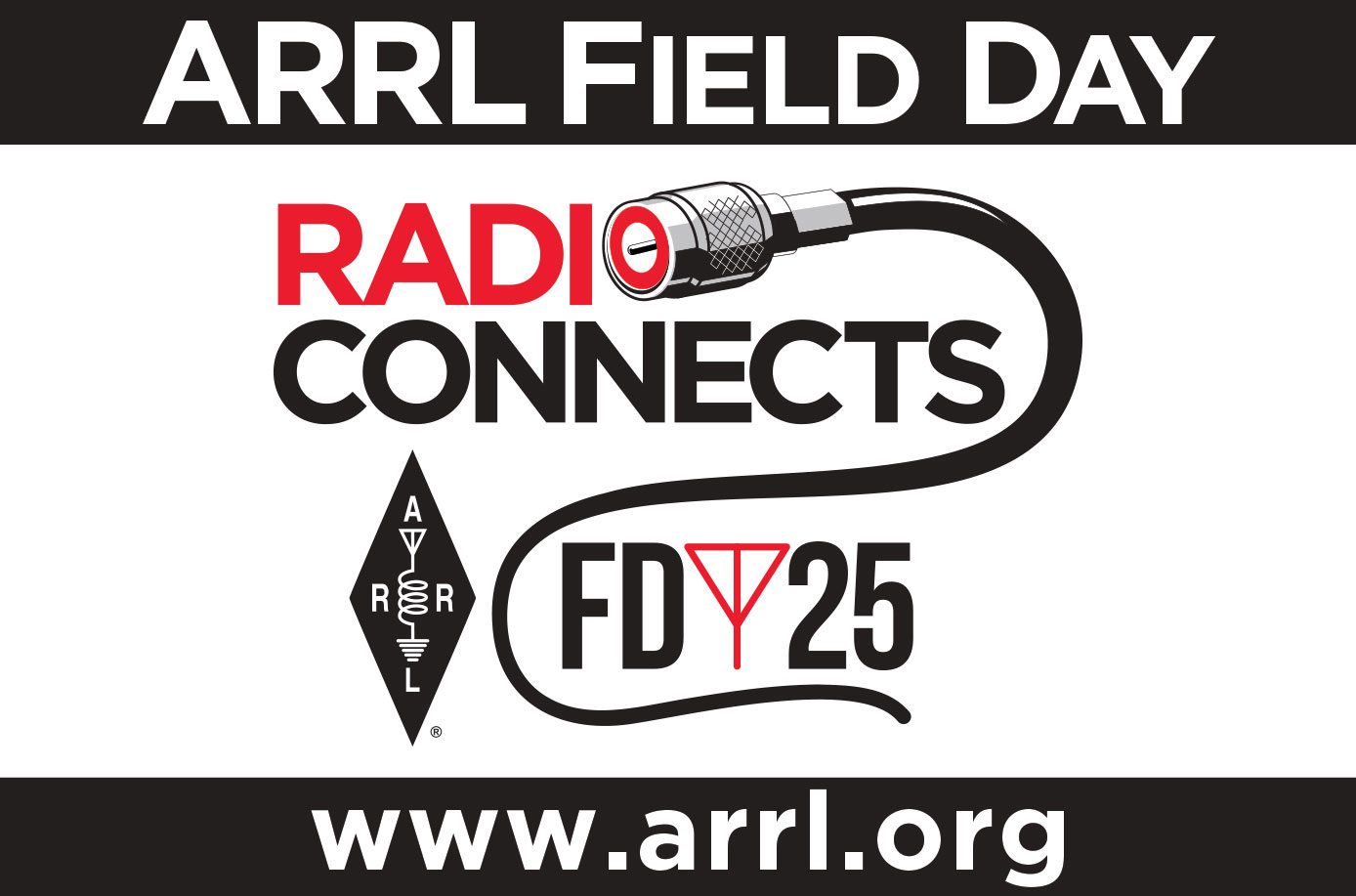





Got something to say?
You must be logged in to post a comment.